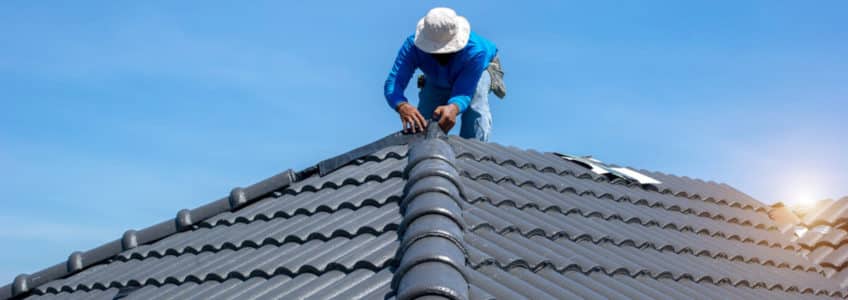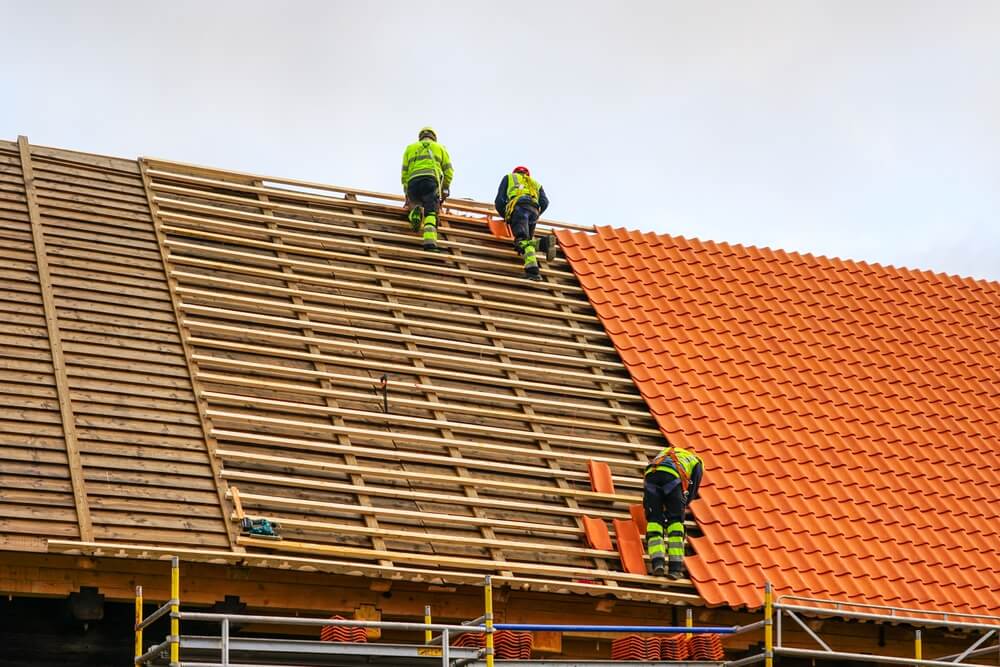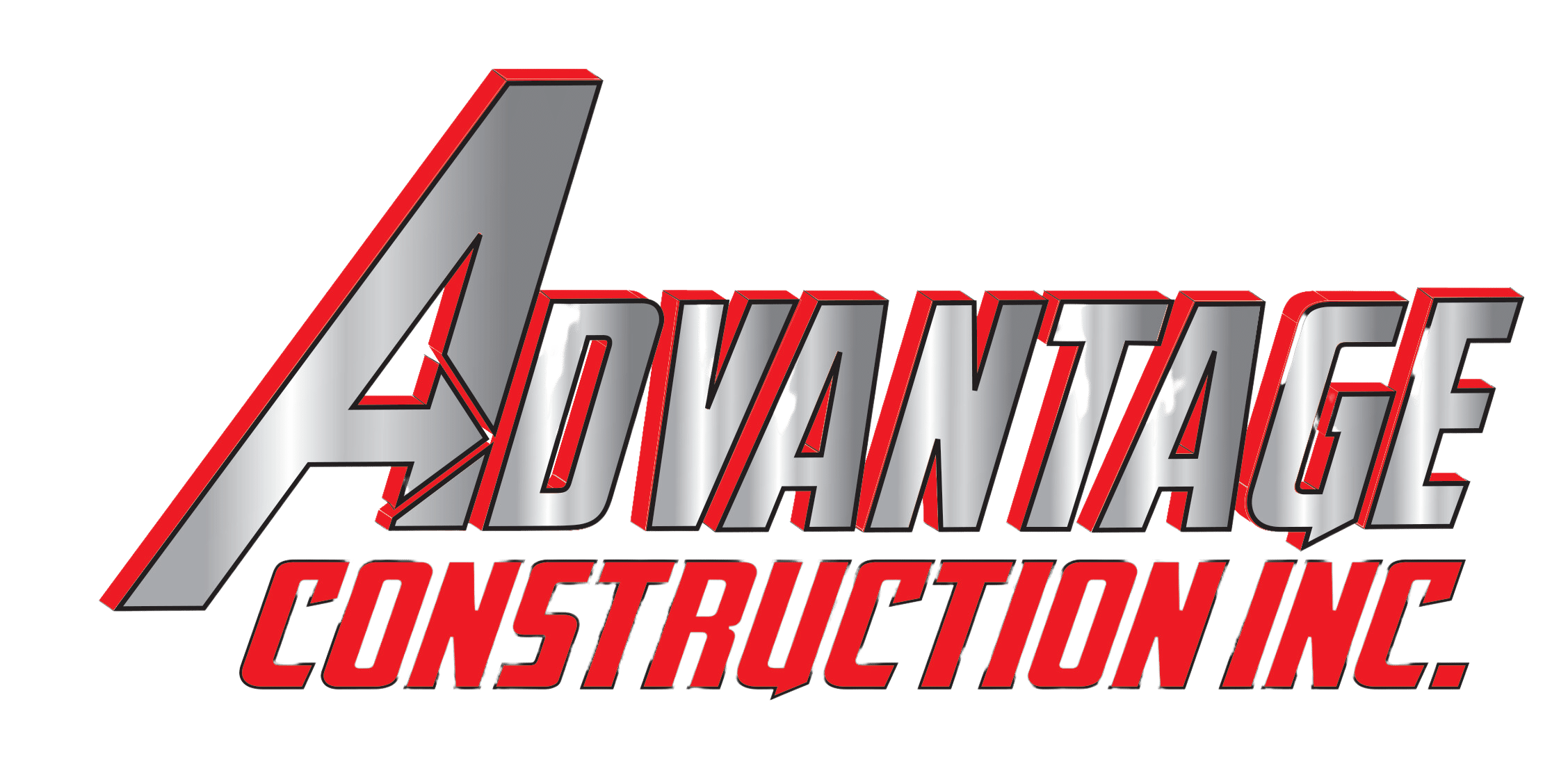
Getting a new roof is a major investment. It’s the kind of home upgrade that brings peace of mind—until something goes wrong. Maybe a shingle peels, or a leak appears a year after installation. That’s when homeowners turn to their roofing warranty, only to find out they may not be as protected as they thought.
Knowing what’s covered—and what’s not—in a roofing warranty can save you from unexpected repair bills. This guide breaks it down clearly, so you know what to look for and how to make your coverage work for you.
What Is a Roofing Warranty?
A roofing warranty is a written agreement that certain aspects of your roof—like the materials or installation—will perform as promised for a set time. But not all warranties are created equal. Most fall into one of three categories:
1. Manufacturer’s Warranty
This is the most common type. It protects against defects in the roofing materials, such as shingles or underlayment, for a set number of years—usually 20 to 50. But this warranty often covers only the materials, not labor.
2. Workmanship Warranty
Offered by your roofing contractor, this covers problems that come from installation errors. Since improper installation is a common cause of roof failure, this coverage is important. It usually lasts 1 to 10 years, depending on the contractor.
3. Extended System Warranties
Some manufacturers offer upgraded warranties if their products are installed by certified contractors. These may include both materials and labor, and sometimes even tear-off and disposal costs.
What’s Usually Covered
While terms vary by provider, most roofing warranties include:
Material Defects
If shingles blister, crack, or lose granules early due to a defect, they’re usually covered. Often this coverage is full for the first few years, then becomes prorated.
Installation Issues (If Covered)
If your roofer offers a workmanship warranty and makes a mistake—like failing to seal flashing properly—that could be covered under their terms.
Full-System Failures (With Upgrades)
When installed by a certified contractor, upgraded warranties may include several parts of the roofing system, provided all components come from the same brand.
What’s Not Covered
Warranties also have limits. Here’s what’s often excluded:
Storm Damage
Roof damage from hail, wind, or heavy rain is not included. That’s a job for your homeowners insurance, not your roof warranty.
Poor Maintenance
If you don’t clean gutters, remove debris, or check your roof regularly, you could void your coverage. Some warranties require annual inspections.
Unauthorized Work
Repairs done by unapproved contractors or with unapproved materials can cancel your warranty, especially extended ones.
General Wear
If your roof is simply old, that’s not a defect—it’s expected. Warranties don’t cover normal aging or worn-out shingles.
Make the Most of Your Roofing Warranty
- Register It: Some warranties require registration shortly after installation.
- Hire the Right Contractor: Certified installers help you qualify for better coverage.
- Keep Documents: Save your receipts, inspection reports, and warranty info.
- Stay on Top of Maintenance: Regular inspections keep your warranty valid and your roof in good shape.
Know What You’re Getting Before
 Getting a roof replaced is a big decision. But don’t stop at choosing shingles or picking a contractor. Take time to understand your roofing warranty. It’s a key part of protecting your investment for the long haul.
Getting a roof replaced is a big decision. But don’t stop at choosing shingles or picking a contractor. Take time to understand your roofing warranty. It’s a key part of protecting your investment for the long haul.
If you’re planning a new roof or want help understanding your existing warranty, contact Advantage Construction today. We’ll walk you through your options and help you feel confident in your roof and its coverage.
